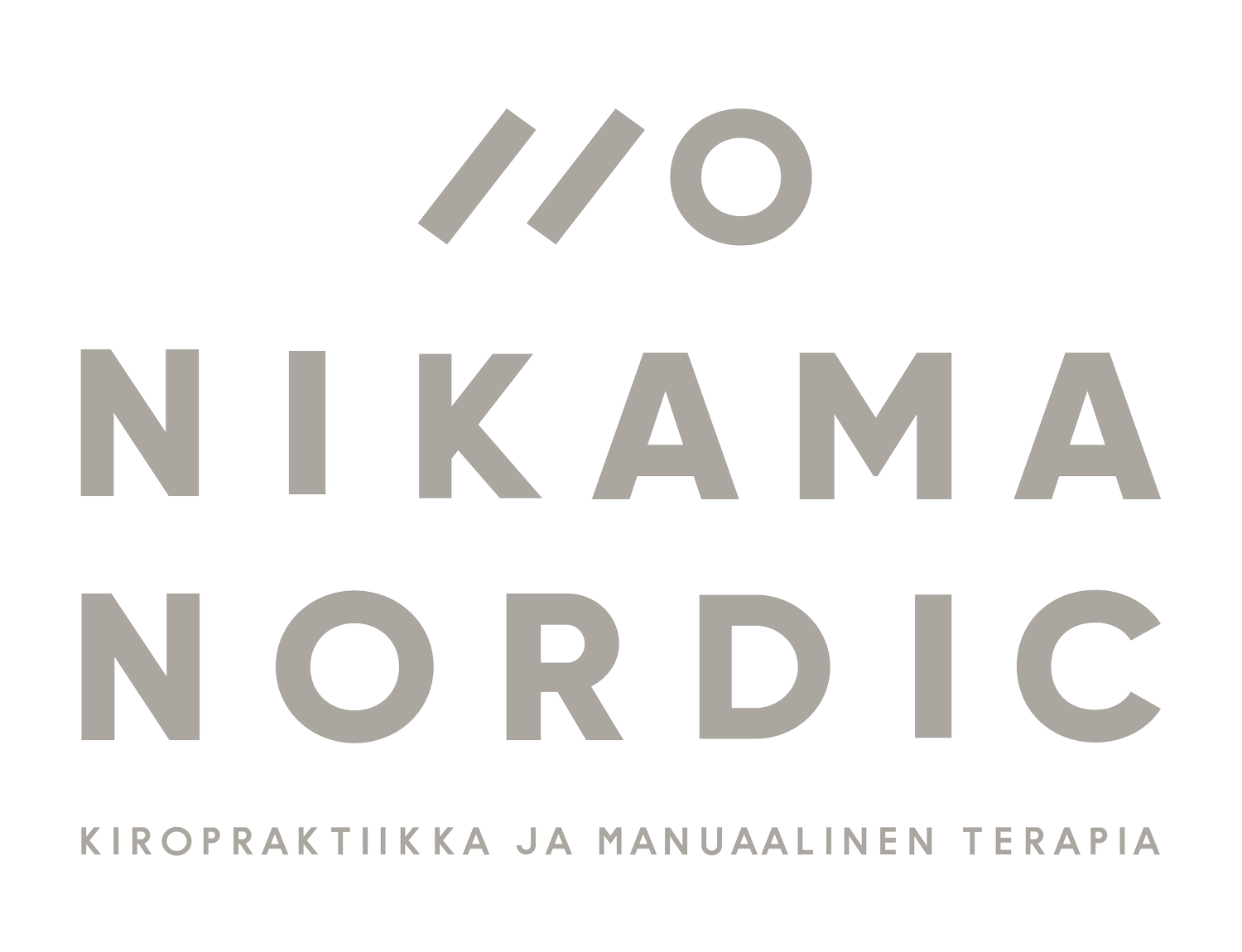STRETCHING , SHOULD WE DO IT?
Photo Unsplash Alora Griffiths
I get asked about stretching multiple times a week whether to stretch before or after exercising, or if we should stretch at all. Most of my patients tell me that they perform some form of stretching as a way to improve flexibility and overall health. This way of thinking is also encouraged and taught by many health professionals and institutions. However, stretching can be controversial among professionals and questions regarding the effectiveness are often raised.
When it comes to patient care, I like to incorporate some form of stretching exercises into the self-management of many patients. In addition, I use stretching myself with the same beliefs in mind, and will typically perform some general stretches post-exercise. However, I’ve always felt them to be only beneficial short term, especially when comparing how I feel the next day after stretching and when I didn’t stretch. Patients often comment that stretching is time consuming and tedious when done well. Therefore I wanted to find out if it is worth the time and see what the research is saying about the effects of stretching for performance, recovery, injuries and overall flexibility.
Can stretching help athletic performance, recovery and reduce injury?
Maybe not as much as we have all believed. A systematic review with meta-analysis by Afonso et al. (2021) looked at different types of stretching after exercise and how it affected recovery of strength levels, range of motion and delayed onset of muscle soreness. Overall, they found no evidence of stretching aiding recovery when compared to rest or other commonly used recover methods such as cycling and cold water immersion. No evidence was found that stretching would be harmful or impairing recovery. It is important to note that this large study only included healthy non-athlete males and did not specifically screen for athletes.
Other authors, Thacker et al. (2004) and Hart (2005), looked at specifically the athletic population and the effects of stretching in reducing injuries, but found no significant reduction in the total risk of injury. It is important to note that more research is needed to determine if some sports and athletic groups would benefit more from stretching compared to others.
What is the best way to stretch before exercise?
Dynamic stretching appears to be the best option when looking at pre-exercise stretching. A study by Curry (2009) found a warm-up with dynamic stretching was superior in power production and resulted in faster force production in untrained women when compared to a warm-up with static stretching or aerobic exercises. However, no significant difference was found in range of motion between the warm-up styles. The short term benefit of dynamic warm up (when compared to static or no warm-up) has also been shown by McMillian et al. (2006), who found dynamic warm-up to improve performance tasks requiring power and agility in a group of US army cadets.
Can stretching improve overall flexibility?
Most likely yes! A systematic review by Borges et al. (2018) found static stretching to be beneficial on overall hamstring flexibility in healthy adults when compared to a control group who did not stretch. Harvey et al. (2002) systematic review also found stretching to be beneficial in the short term for increasing joint range of motion (ROM). On average the subjects who participated in stretching improved joint ROM by 8 degrees when measured one day after stretching activity. The long term effects of stretching are a bit unclear as most of the research looks at the short term effects.
Is one type of stretching better for increasing general flexibility?
Maybe, maybe not. A systematic review by Borges et al. (2018) found no significant statistical difference between static stretching and proprioceptive neuromuscular facilitation (PNF), two commonly used stretching techniques. Most of the studies showed short term improvements in all stretching styles (static, dynamic and PNF), and between group differences were small. Based on this, it is hard to say one stretching style is superior, and therefore the style of stretching should be based more on personal preferences, individual characteristics, and activity and sport requirements.
For more advice and help how to increase your mobility, please book in with one of our professionals.
References:
Afonso J, Clemente FM, Nakamura FY, Morouço P, Sarmento H, Inman RA, Ramirez-Campillo R. The Effectiveness of Post-exercise Stretching in Short-Term and Delayed Recovery of Strength, Range of Motion and Delayed Onset Muscle Soreness: A Systematic Review and Meta-Analysis of Randomized Controlled Trials. Front Physiol. 2021 May 5;12:677581. doi: 10.3389/fphys.2021.677581
Curry, Brad S; Chengkalath, Devendra; Crouch, Gordon J; Romance, Michelle; Manns, Patricia J Acute Effects of Dynamic Stretching, Static Stretching, and Light Aerobic Activity on Muscular Performance in Women, Journal of Strength and Conditioning Research: September 2009 - Volume 23 - Issue 6 - p 1811-1819 doi: 10.1519/JSC.0b013e3181b73c2b
Mariana Oliveira Borges, Diulian Muniz Medeiros, Bruna Borba Minotto & Cláudia Silveira Lima (2018) Comparison between static stretching and proprioceptive neuromuscular facilitation on hamstring flexibility: systematic review and meta-analysis, European Journal of Physiotherapy, 20:1, 12-19, DOI: 10.1080/21679169.2017.1347708
Hart L. Effect of stretching on sport injury risk: a review. Clin J Sport Med. 2005 Mar;15(2):113. doi: 10.1097/01.jsm.0000151869.98555.67. PMID: 15782063.
Harvey, L., Herbert, R. and Crosbie, J. (2002), Does stretching induce lasting increases in joint ROM? A systematic review. Physiother. Res. Int., 7: 1-13. https://doi.org/10.1002/pri.236
McMillian DJ, Moore JH, Hatler BS, Taylor DC. Dynamic vs. static-stretching warm up: the effect on power and agility performance. J Strength Cond Res. 2006 Aug;20(3):492-9. doi: 10.1519/18205.1. PMID: 16937960.
Thacker SB, Gilchrist J, Stroup DF, Kimsey CD Jr. The impact of stretching on sports injury risk: a systematic review of the literature. Med Sci Sports Exerc. 2004 Mar;36(3):371-8. doi: 10.1249/01.mss.0000117134.83018.f7. PMID: 15076777.

